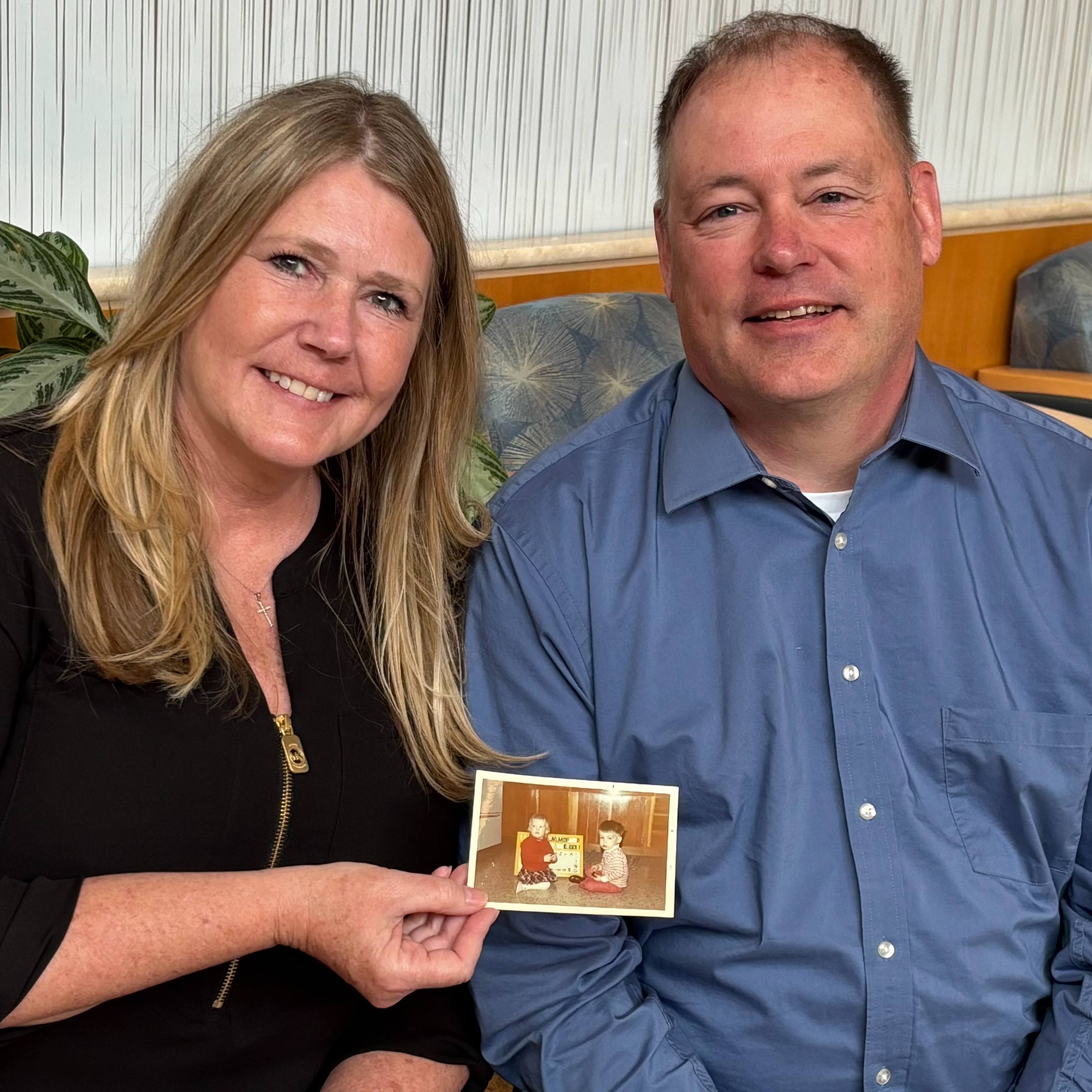-
Sharing Mayo Clinic: ‘I have to run:’ Teenage cross-country star back on course after brain surgery

When Nolan Hemmen laces-up his running shoes these days, he can't help but think how far he's come since having brain surgery.
It was November 2019, just a few weeks after Nolan turned 16 and got his driver's licence, he noticed his arms going numb.
"I would scratch my arm and not feel anything," says Nolan.
Within a few days, the numbing spread across his entire body. Nolan and his mother, Pamela Hemmen, went to an emergency room near their Jacksonville home, but could not get a definitive answer as to what was wrong with the teen.
An accomplished student and athlete, his future was in jeopardy. Consultations with several doctors led to a referral to Alfredo Quiñones-Hinojosa, M.D., a Mayo Clinic neurosurgeon.
Tests confirmed a diagnosis of Chiari malformation type 1: a condition in which brain tissue extends into the spinal canal and can cause symptoms such as numbness, neck pain, dizziness and problems with balance and motor skills. A study from the National Institutes of Health and suggests 1 in 1,000 people may have a form of Chiari malformation, but not all show symptoms. Signs typically present during late childhood or adulthood.
"It was scary but at the same time, Dr. Quiñones-Hinojosa helped us understand the science and develop a game plan," Pamela says.
Treatment of Chiari malformation varies. If symptoms do not interfere with a person’s activities, regular monitoring, diagnostic imaging and medication may be prescribed for pain. However, in many cases, surgery is the only method to address the root cause of symptoms.
"Chiari malformation can reduce quality of life rather quickly, and for someone who is young and active like Nolan, this can be devastating so it was critical in this case to intervene surgically," says Dr. Quiñones-Hinojosa.
Surgery was scheduled for November 19, 2019.
A challenging recovery
An inflammatory response led to a tough start of Nolan’s recovery. The issue was resolved, but Nolan had to pause his active lifestyle. No trips to the beach with friends, and certainly no training for track or cross-country. But Nolan stayed positive.
"I would send updates on my progress to Dr. Quiñones-Hinojosa, who would personally respond and encourage me as I started doing more and more after surgery," says Nolan.
The setback turned into a comeback. In January 2020, Nolan started running again for 10 minutes a day, twice a week to make sure his brain could tolerate the movement. By March, he started to compete for his high school track team.
Another delay
Then the COVID-19 pandemic hit. His opportunity to compete was again put on hold.
"He was getting into a groove when the pandemic hit," says Pamela. "But he just kept going, working-out, focusing on his nutrition and preparing for the next season."
When athletics resumed in 2021, Nolan was ready. He set personal records and shaved more than 90 seconds from his best time set before surgery. In his first track meet of his senior year, Nolan completed a mile in 4:34, finishing in fifth place and within reach of a college team's request of 4:20.
"It takes guts to keep going," says Nolan, "I've powered through the negative and won't look back."

He is reminded daily of his surgery by a tattoo just above his right ankle. Nolan's brother, in solidarity, got a matching tattoo.
Nolan's story doesn't end there. In fact, it's only beginning of a new chapter with college coming in the fall of 2022 and hopes of setting new records as an athlete.
Because if you ask Nolan why he keeps pushing, the answer is simple: "I have to run.”







